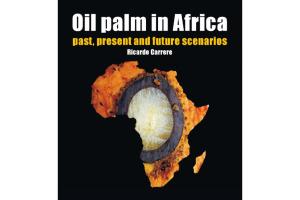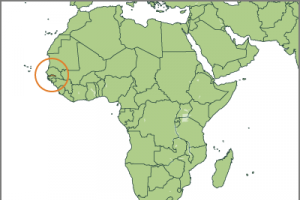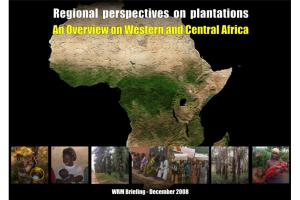Governments are opening the doors to corporations for planting vast areas of land with oil palm plantations. This trend is not only happening in West and Central African countries, but is even expanding to parts of Eastern Africa. Large scale oil palm plantations are already causing serious environmental and social impacts in some countries, resulting in loss of community rights over their territories.
Gambia
Publications
30 August 2013
Publications
15 December 2008
Oil palm and rubber plantations occupy extensive areas in many countries in tropical Africa. In spite of their social and environmental impacts, until now they have received scant attention both at the national and international level.
Bulletin articles
29 December 2006
The Gambia is a small (10,000 sq.km.) and economically poor country, facing a number of social and environmental problems. Among the latter, deforestation is probably the one that poses the greatest threat to both people and the environment. Until the early 1900s, the Gambia was covered by dense forests. In 1981 about 430.000 ha or 45% of total land area were classified as forest. In 1988 the figure had dropped to about 340.000 ha or 30% of land area.
Bulletin articles
5 June 2006
In the early 1900s Gambia was covered by dense and almost impenetrable forests. Today there are only some few remnants of primary forest left, with 78% of the remaining forest area classified as “degraded tree and shrub savannah vegetation.” The main cause of this forest degradation process can be traced back to the introduction of groundnut (peanut), which became the main export-oriented cash crop, mostly aimed at supplying the French market with industrial and cooking oil.
Bulletin articles
12 July 2002
Gambia used to be covered by very dense forests. However, the country has undergone a severe deforestation and degradation process. In 1981, about 430,000 hectares were classified as forests --45% of the total land area. Seven years later, the forest area was reduced to about 340,000 hectares.
Gambian forests have also undergone a degradation process that implied the conversion of many closed forests into a poor quality tree and shrub savannah category, according to the national forest inventory of 1998.
Bulletin articles
26 December 1998
As in many other countries, Gambia's forests are facing a type of forest degradation which implies the substitution of native species by an exotic. But this is not the common situation where plantation companies substitute native forests by eucalyptus, pines or palm oil plantations. In this case, the villain is a "good" tree, brought into the country by Indian immigrants: the Neem tree (Azadirachta indica). In India, this tree has a number of positive features, among which the production of a useful natural pesticide. In Gambia, it is becoming a pest.



